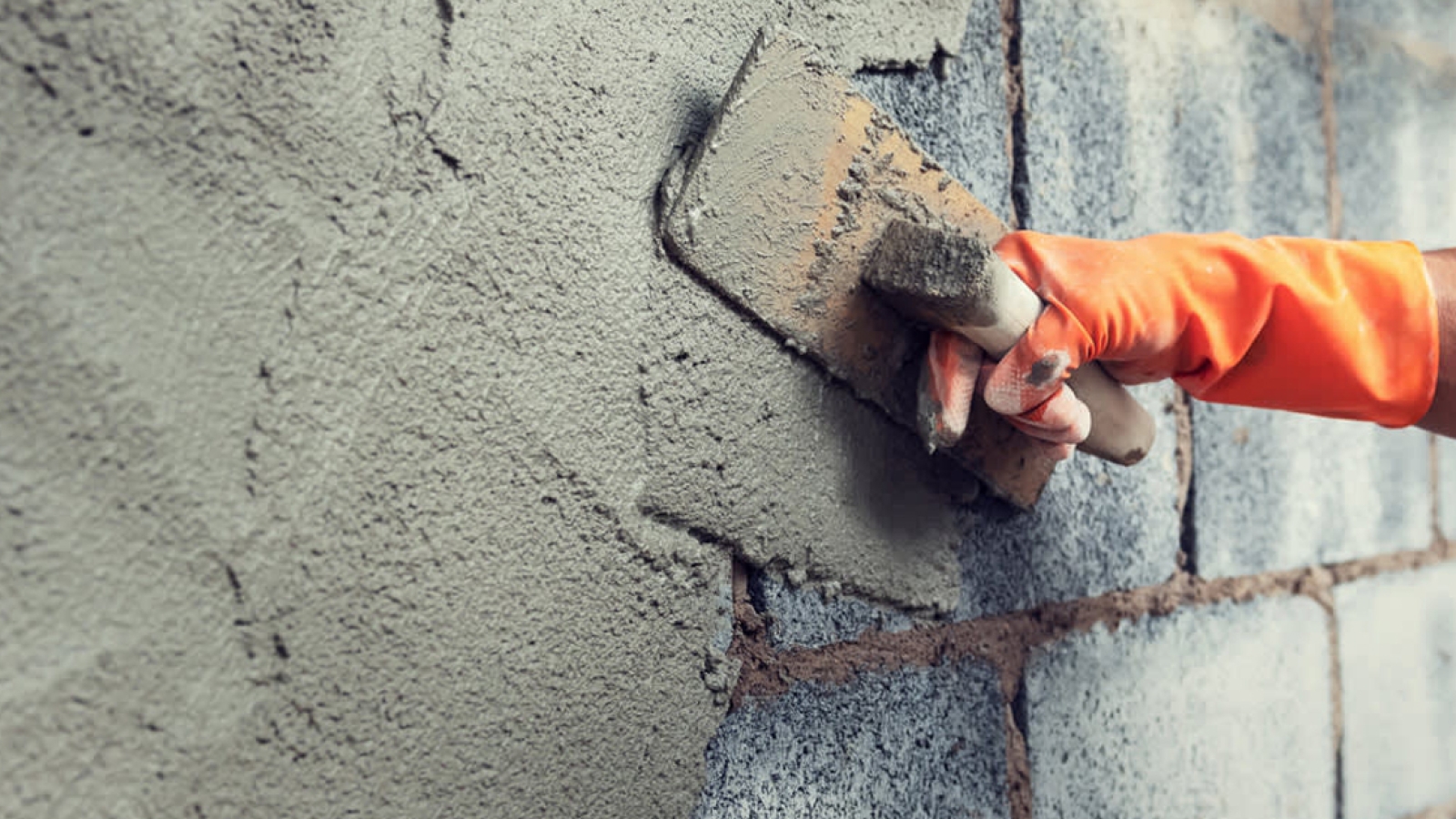Choosing the right facade material is crucial for the success of any construction project. Stucco and brick are two popular options, each offering distinct benefits and considerations. Understanding how these materials compare in terms of durability, aesthetics, maintenance, and cost will help you make an informed decision for your building project.
Comparing Durability: Stucco vs. Brick
When it comes to durability, both stucco and brick have their advantages. Brick is known for its exceptional longevity and resistance to weathering. It can withstand extreme temperatures, heavy rains, and high winds without significant deterioration. Its robust nature makes it a popular choice for both residential and commercial buildings. Stucco, while durable, may require more maintenance to keep it in good condition. It is susceptible to cracking over time, particularly in regions with severe temperature fluctuations. However, when applied correctly and maintained properly, stucco can also offer a long-lasting and resilient facade. Overall, brick generally holds an edge in terms of durability, but stucco’s performance can be enhanced with the right application and care.
Aesthetic Differences Between Stucco and Brick
Stucco and brick offer distinct aesthetic qualities that can influence your design choice. Brick facades provide a classic, timeless look with a variety of textures and colors. The natural variations in brick create a rich, textured appearance that adds character and warmth to any building. Stucco, on the other hand, offers a smooth, versatile finish that can be customized with different textures and colors. It allows for more flexibility in design, making it easier to achieve specific architectural styles or modern looks. Stucco can be applied in various ways to create unique surface finishes, while brick maintains a more traditional and structured appearance. Your choice will depend on whether you prefer the classic charm of brick or the adaptability of stucco.
Maintenance and Upkeep: Which Facade Material is Easier to Care For?
Maintenance and upkeep are important considerations when selecting facade materials. Brick is relatively low-maintenance and generally requires only occasional cleaning to remove dirt and grime. It is resistant to mold and mildew, making it a practical choice for long-term durability. Stucco, however, may require more frequent maintenance to address issues such as cracks and discoloration. Regular inspections and repairs are necessary to maintain its appearance and prevent water damage. Although stucco can be repaired with relative ease, it often involves reapplying or repainting the surface. For those seeking a facade with minimal maintenance needs, brick may be the better option. However, with proper care, stucco can also offer a durable and attractive finish.
Cost Analysis: Stucco vs. Brick for Your Building Project
Cost is a significant factor in the decision-making process for facade materials. Brick is typically more expensive to install due to the labor-intensive process and the cost of the bricks themselves. However, its durability and low maintenance requirements can offset the initial investment over time. Stucco generally has a lower initial cost and can be more cost-effective for large projects. The cost of stucco can vary depending on the complexity of the finish and the quality of the materials used. While stucco may be more budget-friendly upfront, its potential need for frequent maintenance could impact long-term costs. Consider your project budget, as well as the long-term costs associated with each material, to make the most informed decision.
In conclusion, both stucco and brick offer unique benefits and challenges for facade materials. Brick excels in durability and classic aesthetics, requiring minimal maintenance but coming with a higher initial cost. Stucco provides design flexibility and a lower upfront cost but may require more frequent upkeep. By weighing these factors—durability, aesthetics, maintenance, and cost—you can choose the material that best aligns with your project needs and long-term goals.


Add a Comment